Do you want to improve the health and yield of your beet crop? Companion planting might be the answer.
Companion planting is a time-tested, organic gardening method of planting compatible plants in close proximity to each other so that each may benefit from the other.
Companion plants provide shade and shelter, control weeds, enrich the soil, improve flavor, and repel pesky insect predators without the use of noxious chemicals.
This guide will teach you all about companion planting for beets including what plants are best, how to grow beets, and beet varieties to consider for your garden.
Native to North Africa, and popular around the world, beets grow well in United States Plant Hardiness Zones 2 through 10.
Consider these plants when companion planting for beets. Beets thrive when planted near:
- Bush beans
- Soybeans
- Butter Beans
- Cauliflower
- Broccoli
- Kale
- Peas
- Brussel Sprouts
- Kohlrabi
- Leeks
- Scallions
- Onions
- Garlic
- Mint
- Summer Savory
- Boage
- Swiss Chard
- Celery
- Lettuce
Make sure to keep in mind that all varieties of beets and Swiss chard will cross-pollinate with one another.
In order to increase crop production in a limited garden space, savvy homesteaders may plant two compatible vegetables that use different layers of the soil profile together. Examples include fibrous-rooted tomatoes with beets and other tap-rooted vegetables such as carrots, turnips, and parsnips.
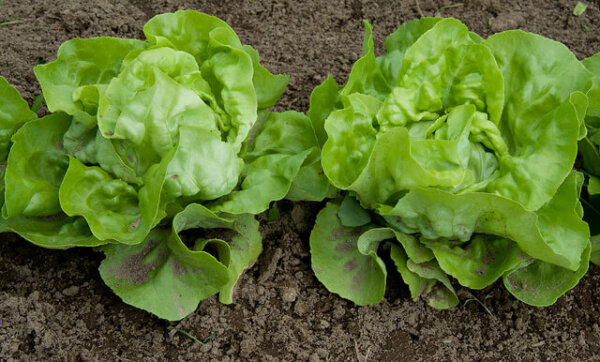
In other circumstances, companion plants are planted close to each other based on how they utilize above ground space. Lettuce is an effective cover crop for taking care of weeds when planted with beets. Lettuce has very shallow roots and does not compete with the development of root crops.
Radishes are another useful companion plant for beets. Gardener Marie Ianotti says that “You can always use the old trick of planting fast sprouting radishes in the same row as your beets. It helps mark the row and loosens the soil. By the time the beets start to develop, the radishes are ready to be pulled.”
Common Companion Plants for Beets
Beets (Beta vulgaris) are a fast-growing, easily cultivated, edible root crop in the same family as Swiss chard. Although Swiss chard is cultivated for its leaves, traditionally beets are grown for their bulbous roots.
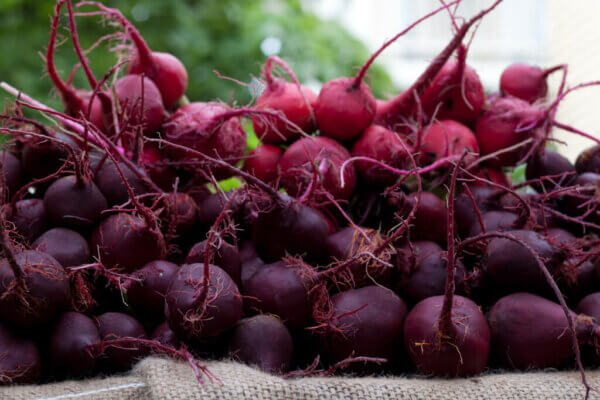
However, all parts of beets are edible, including the leaves. Beets can be baked, roasted, boiled, steamed, or pickled. When grated and served raw, beets are a delicious, colorful, and crunchy addition to salads and sandwiches.
Plants From The Cabbage Family
Some of the best companion plants for beets are members of the cabbage family. Brussels sprouts, cauliflower, broccoli, cabbage, and kale do well when planted with beets. Beets benefit these members of the cabbage family by adding essential minerals to the soil needed for the development of strong and healthy plant growth. Beet leaves, which are chock-full of magnesium, are a great addition to the garden compost pile.
Garlic, Onions, And Leeks Repel Pests That Prey On Beets
Garlic and all members of the onion family are protective companions for beets. They repel many common pests. Japanese beetles, snails, gophers, moles, root maggots, and coddling moths are naturally detoured by the pungent scent of garlic bulbs, onions, scallions, and leeks.
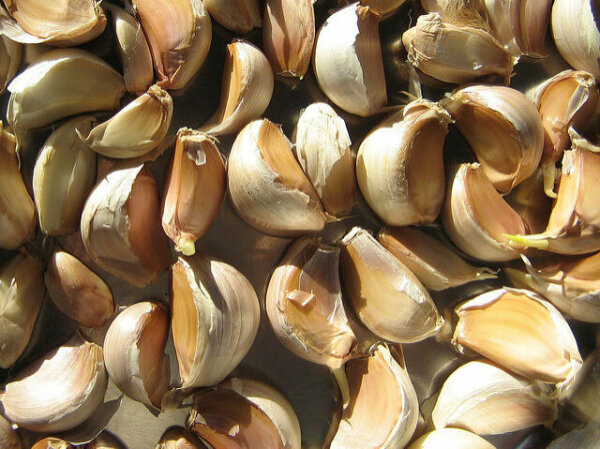
Many experienced gardeners mention that planting garlic with beets improves beet flavor. Garlic also emits sulfur into the soil. Sulfur contains natural anti-fungal properties, making it a helpful agent in preventing a diverse array of plant diseases caused by different strains of common soil fungi.
Bush Beans
Soybeans, butter beans, and bush beans are ideal companion plants for beets. These types of beans enrich the nutrient content of the soil with generous amounts of nitrogen, leaving garden soil rich in this important nutrient for cultivating the next crop.
However, beets and pole beans are not compatible. They stunt each other’s growth. Avoid planting these two mainstays of the garden close to each other.
Pungent Scented Herbs Protect Beets
Strongly scented culinary herbs such as thyme, hyssop, rosemary, and all varieties of mint are good companions for beets. They keep away cabbage moths, fleas, flea beetles, aphids, and rodents. Mint does double duty: it also improves the flavor of cabbage, a boon companion plant for beets.
All varieties of mint repel aphids, and attract aphid’s natural predator, wasps.
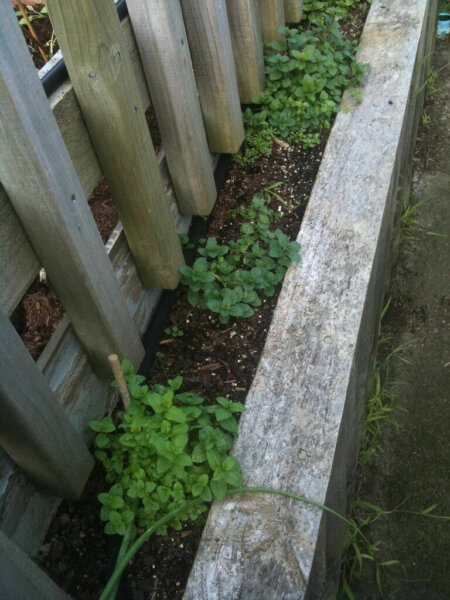
Keep in mind: mint is invasive, and it grows fast. Mint is best planted in pots or containers. You can also use its leaves as mulch if you don’t want it running wild through the garden. Parsley, basil, and dill are also fine companion plants for beets.
What Not to Plant With Beets
While cabbage, herbs, and garlic are great solutions for companion planting for beets, there are a couple of plants you should avoid planting near beets. Pole beans should be avoided as they stunt beet’s growth. You’ll also want to avoid field mustard.
Beets: One Of The Easiest Vegetables To Grow
In general, beets are trouble free. Seldom bothered by disease or pests, beets are one of the easiest root crops to grow in the rural or urban homestead. Beets do not require transplanting, staking, or pruning. Although troublesome insect pests may nibble on the leaves, insects rarely bother the beetroot.
Planting The Seeds
All you need to do is plant beet seeds in a bright and sunny location, and keep the soil consistently moist during the germination process. To extend the harvest season, beets can be planted successively every three weeks.
Due to the fact that beet seeds can be slow to germinate, you should soak the seeds in water overnight to help soften their tough outer shell before planting. Beets do not transplant well. Seeds should be sown directly into the garden.
Soil And Compost Suggestions
Like most other vegetables, beets prefer nutrient rich soil, a sunny spot in the garden, and about one inch of water per week.
If garden plot soil is deprived of nutrients, amend with generous amounts of well-aged herbivore manure (sheep, goat, cow, horse, llama) before planting. Remove all roots, debris, and rocks, which are notorious for causing root vegetables to be misshapen and stunted.
The Utah Department of Agriculture advises that “the seed packets or seed company websites will have specific planting information for each vegetable, such as planting depth and plant spacing, and whether you should plant the seeds directly in the garden or start them inside first. A nitrogen-rich or balanced fertilizer is usually best for seeds and young plants. If you choose to grow your garden as organically as possible, there are starter or transplant fertilizers. You could also use fish emulsion or blood meal, both of which have plenty of nitrogen to give your plants a good start.”
To retain soil moisture, cover seeds with mulch until seeds sprout and poke through the soil. During long, hot summer days, continued mulching keeps soil cool and moist. Beets require approximately 55 days to reach maturity. For fall planting, sow beet seeds about one month before the first frost.
Beet Planting Season
Beets are cold-tolerant, so they can be planted in early spring weeks before the last frost. Although beets do prefer full sun, they can grow just fine in a partially shaded area of the garden plot.
Because beets develop a portion of the root above the soil level, seeds do not have to be planted deeply. Cover them with an inch of soil.
Once seedlings are well established, and about four to six inches tall, thin beet plants to about nine plants per square foot. The plants that you thin are entirely edible, so enjoy the tender leaves and marbled-sized vegetables. Try them lightly steamed, then garnish them with a pat of butter and a drizzle of balsamic vinegar.
Allow remaining beet plants develop for six to eight weeks. At maturity, beets present a flavorful orb approximately three to eight inches in diameter. To avoid deformed beetroots, keep the area free of weeds.
Harvesting Beets
Beets are biennial, cool weather crop. They do not flower until their roots have matured and the plant has experienced at least one month of cold temperature.
For the most tender and flavorful beets, harvest baby beets when the orbs are one to two inches in diameter. Harvest beets at any time during the growing season, from midsummer into late fall. Like other root crops, beets store well.
If they’re packed in landscape sand and kept in a cool root cellar at high humidity, beets will stay fresh and firm for five months or more. Fresh beets can also be stored in the refrigerator crisper for up to six weeks.
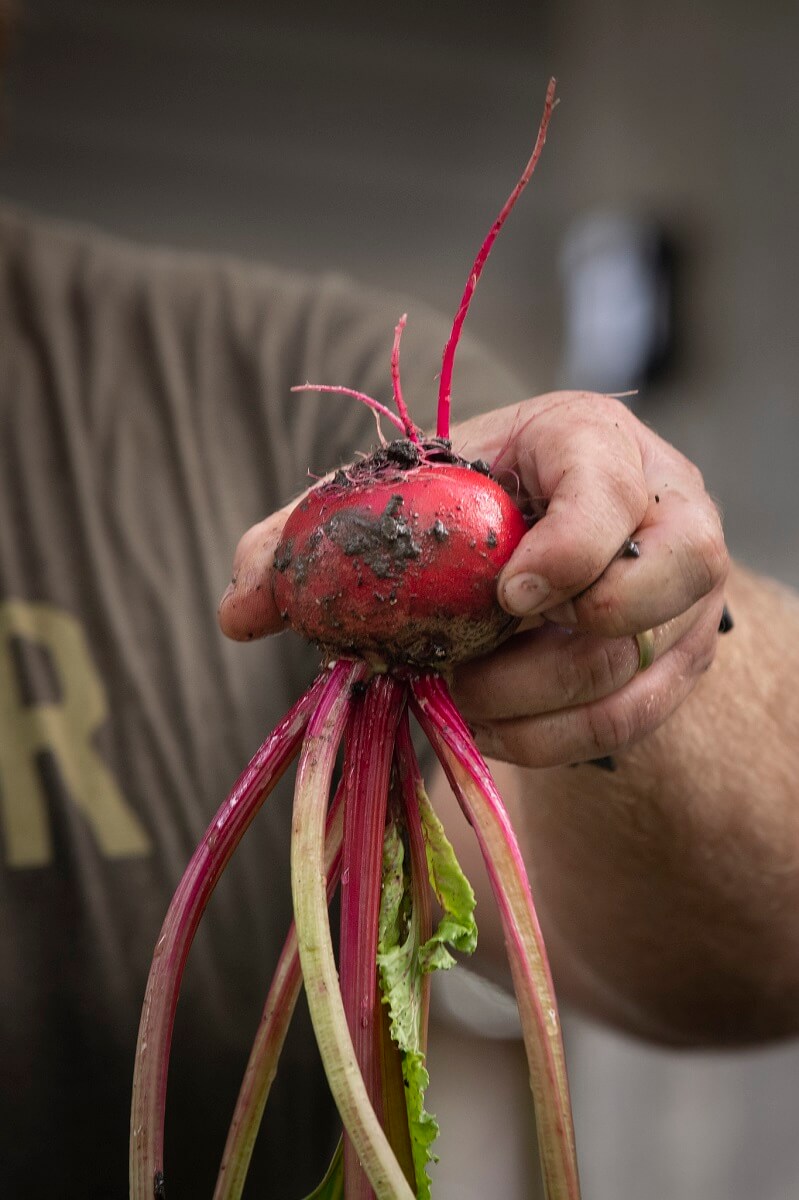
You can start harvesting beet greens when the plant is six to eight inches tall. Young, tender beet’s leaves present the best flavor and texture. Beet leaves can be steamed or cooked in the same manner as spinach, or chopped and served raw in salads and salsa.
When cooking, leave about of an inch of the leaf stalk attached to the beet to prevent bleeding during the cooking process.
The amount of time required until your beet crop reaches maturity is dependent on the variety. You can start harvesting beetroots when the orbs are about two inches in diameter. Enjoy beets while they are young. Larger, older beets tend to be tough and full of fiber. They’re best served boiled or roasted.
Harvest beets by digging and pulling.
Popular Beet Varieties
While most beet varieties are red in color, golden yellow beets and eye-catching Chioggia beets are popular options for planting in the homestead garden.
Chioggia, an heirloom variety, presents concentric white and red circles. Burpee Golden is a beautiful golden yellow beet that’s ideal for roasting. Mini Ball is a small sized beet ideal for pickling, while Detroit Dark Red is especially flavorful when it’s fresh. It’s also ideal for pickling and canning.
Mini Ball and Baby Ball are dwarf varieties of beets that lend themselves well to container planting. Plant them in pots as a colorful landscape feature, or use pots when garden space is in short supply in urban homesteads.


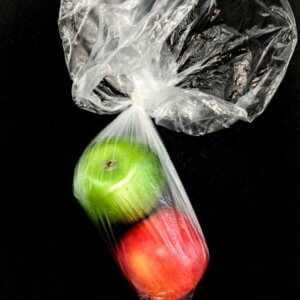
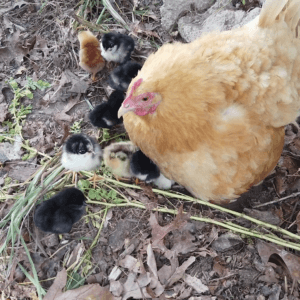


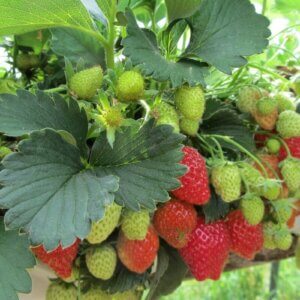


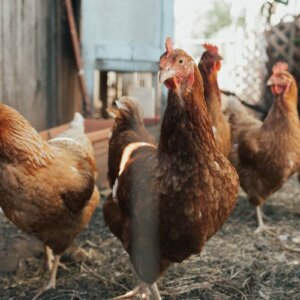
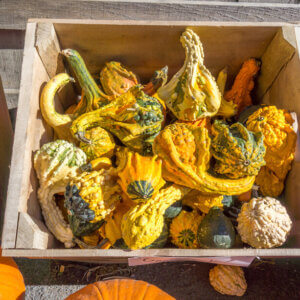

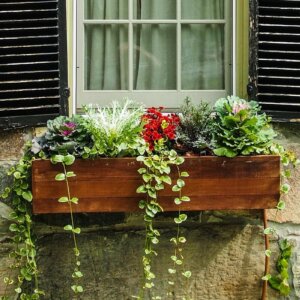




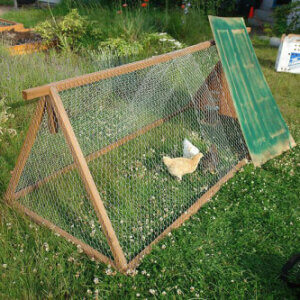
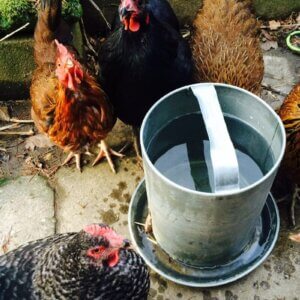
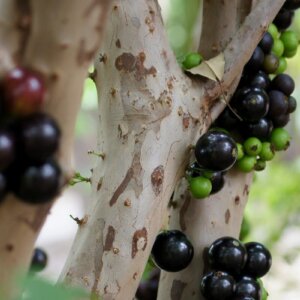



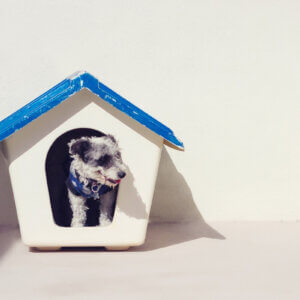

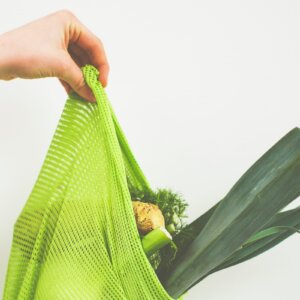



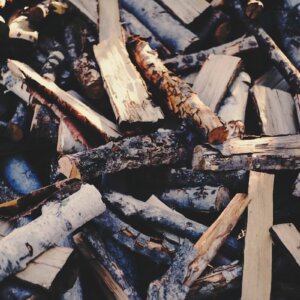
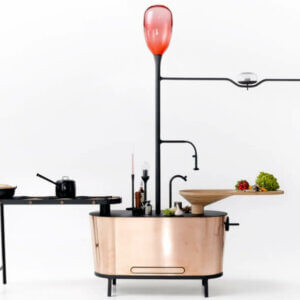
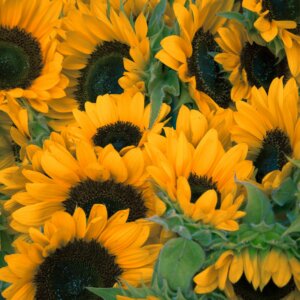


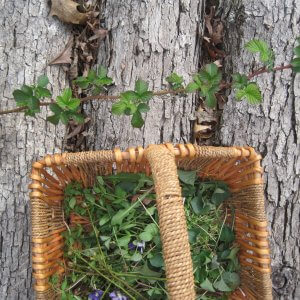

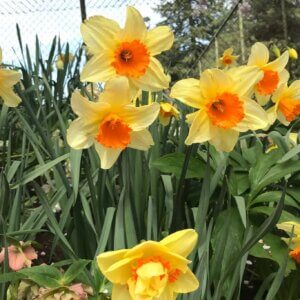


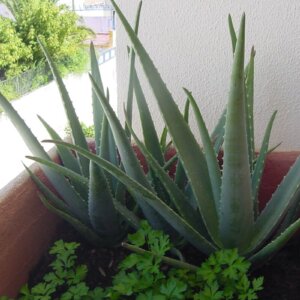


Please unsubscribe me from your site.
I think I made a boo boo, I am a first time gardener and have raised beds and I planted beets and carrots together is that going to cause a problem for either veggie?
Marlene..Great info about beets. Interplanting and intensive planting are one of my goals this year for my crops and beets are right up there.
I just read an article that stated beets should not be planted next to peas or beans. Period.
Article was 18 Plants That Should Never Be Planted Together on askaprepper.com
I just need to know one way or the other. For sure.
Hello I also read thea article, it specifies “pole beans” cant be planted with beets so I guess other types would be ok.
Can I plant spinach next to the beetroots
I have planted beet seeds twice and they did not come up . Can it be the soil? can they be planted near squash? Got any ideas? Hope you can suggest something. Thanks